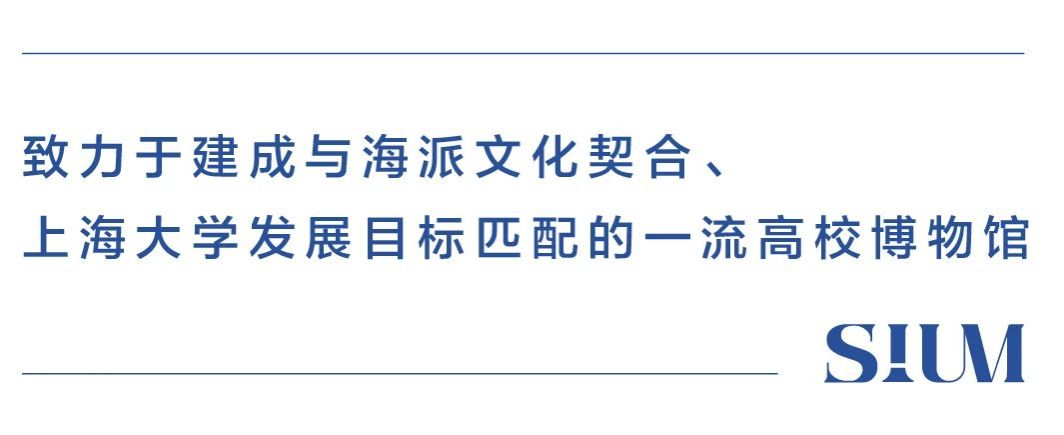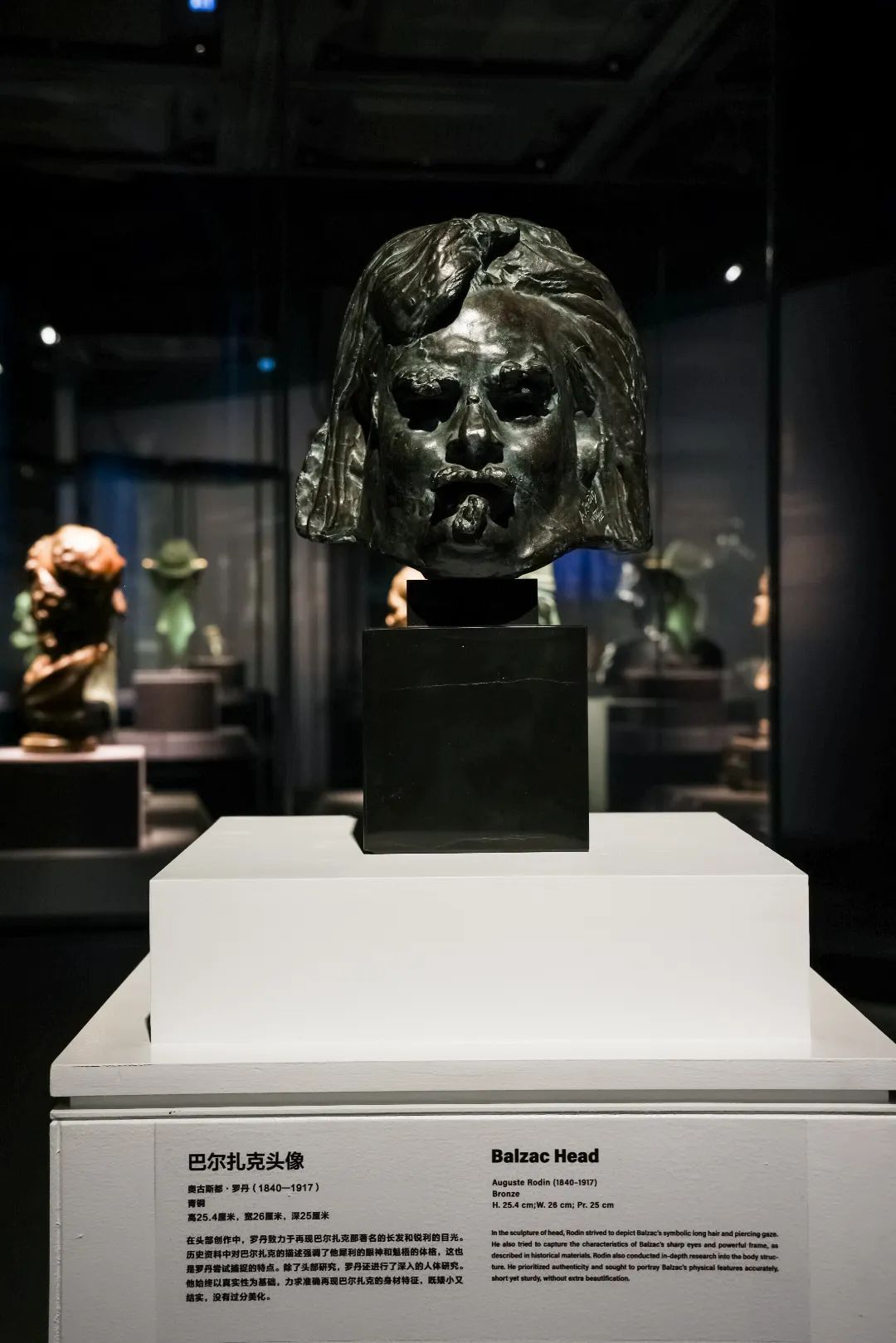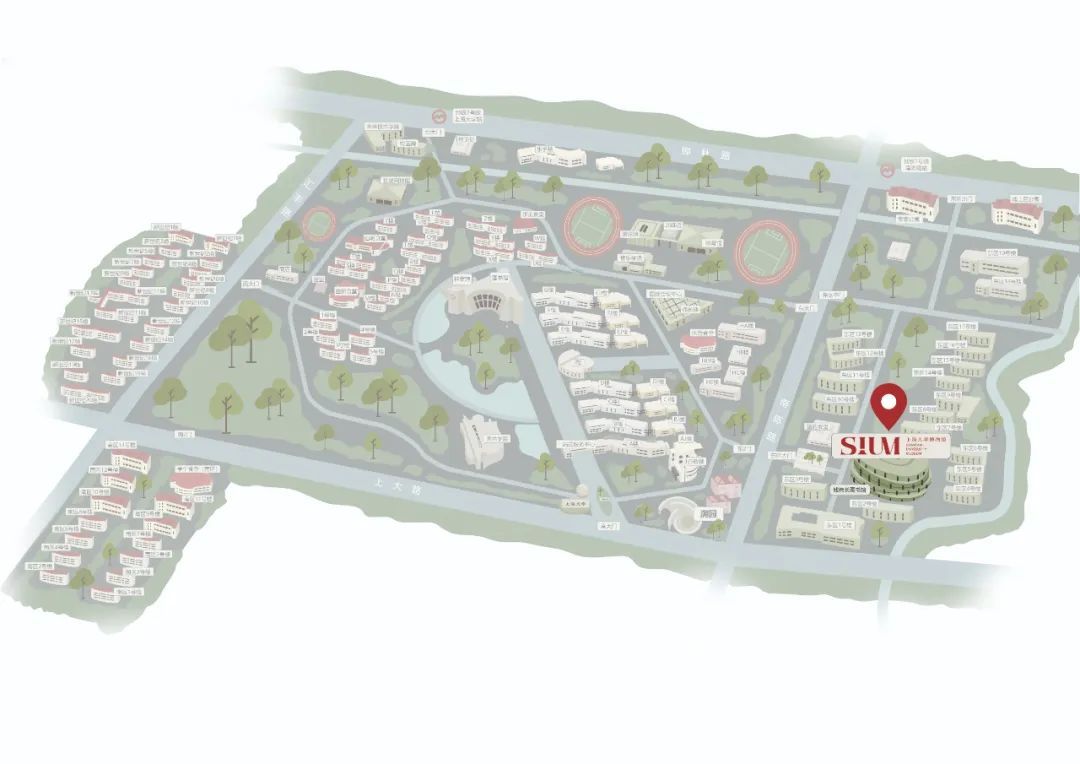
“沉睡三千年,一醒惊天下”的三星堆遗址,是中华文明璀璨星河中明亮而神奇的一颗。
罗丹是“现代雕塑之父”,他的作品中饱含对生命、自然的歌颂、热爱与忧思。
在上海大学博物馆举办的特展——“青铜之光:三星堆与罗丹的超时空对话”展出了许多三星堆、金沙遗址出土文物和罗丹及其同时代雕塑家的作品,让我们一起来详细了解展品背后的故事吧!
《巴尔扎克头像》

· 奥古斯都·罗丹(1840—1917)
· 青铜
· 高25.4厘米,宽26厘米,深25厘米
· Auguste Rodin (1840-1917)
· Bronze
· H. 25.4cm; W. 26cm; Pr. 25cm
在1880年至1881年期间,罗丹逐渐走出了纪念碑式的雕塑思路,转向更富表现主义的创作方式,这一变化在他的作品《巴尔扎克》中得以体现。1891年,法国文学协会委托罗丹为法国文学巨匠巴尔扎克(1799—1850)创建一座纪念雕像。罗丹前往巴尔扎克的故乡都兰(Touraine)搜集资料,因为巴尔扎克曾在那里创作了一些著名作品,如《幽谷百合》等。罗丹花了连续六年的时间,对巴尔扎克的头像、身体、睡袍等进行了多次设计,最终于1897年完成了雕像,这成为他职业生涯的顶峰之一。然而,这个作品在当时因其前卫的风格引起轰动, 赞助商不接受罗丹创作的“巴尔扎克”。罗丹坚持不出售或铸造这个作品,一直到1939年,这座青铜纪念雕像才在巴黎拉斯拜尔大道上竖立了起来。
在罗丹博物馆中,收藏了数百件关于《巴尔扎克》的创作过程稿,表明罗丹对这个作品非常重视。这些过程稿包括了一系列人体雕塑研究。针对头部的设计,罗丹进行了多次尝试,创作出微笑、无表情等不同表情的版本,以找到最合适的表达方式。在头部创作中,罗丹致力于再现巴尔扎克那著名的长发和锐利的目光。历史资料中对巴尔扎克的描述强调了他犀利的眼神和魁梧的体格,这也是罗丹尝试捕捉的特点。
除了头部研究,罗丹还进行了深入的人体研究。他始终以真实性为基础,力求准确再现巴尔扎克的身材特征,既矮小又结实,没有过分美化。这种真实性使得当时的人们不太接受这一雕塑,因为他们认为雕像应该更为理想化。因此,罗丹重新创作了一个版本,选用了一个更为魁梧的模特,让他穿上宽大的外套,这个外套不具备明显的时代特征,为作品赋予了更多的象征性,强调了普遍性。这种普遍性正是罗丹真正想要表达的内涵。这座雕像也成为罗丹创作的最后一座纪念碑,凝结了艺术家的独特视角和创作力量。
Between 1880 and 1881, Rodin gradually moved away from traditional monumental sculptures and shifted his attention to works with a more expressionist style. This change was reflected in his Monument to Balzac. In 1891, the French Literary Society commissioned Rodin to create a memorial statue for the French literary master Honoré de Balzac (1799-1850). Rodin went to Touraine, Balzac’s hometown to gather background information, as some of Balzac’s famous works, including The Lily of the Valley, were created there. In six years, Rodin designed Balzac’s head, body, and robe many times, and finally completed the statue in 1897. Now the statue is considered as one of the peaks of Rodin’s professional career, but back then, it caused a sensation, rejected by Rodin’spatron due to its avant-garde style. Rodin stood his ground and refused to sell or cast the statue. It was not until 1939 that this bronze memorial statue of Balzac was erected on Boulevard Raspail in Paris.
Rodin Museum preserves hundreds of Rodin’s drafts during his creation of this piece, indicating his dedication to it, including series of drafts of Rodin’s research on body sculpture. Rodin made numerous attempts just for the head part, creating versions with different facial expressions, such as smiling and poker face, to find the best way to convey Balzac’s character. In the sculpture of head, Rodin strived to depict Balzac’s symbolic long hair and piercing gaze. He also tried to capture the characteristics of Balzac’s sharp eyes and powerful frame, as described in historical materials.
Rodin also conducted in-depth research into the body structure. He prioritized authenticity and sought to portray Balzac’s physical features accurately, short yet sturdy, without extra beautification. However, with such authenticity-focused expression, this sculpture was not wellaccepted by people at that time, as they hoped to see more idealized sculptures. Hence, Rodin created another version. He invited a model with a strapping stature and asked him to wear a loose coat with no distinct characteristics of the times. By doing so, Rodin gave the artwork more symbolic meaning and emphasized its commonality, which was precisely what Rodin aimed to express. This sculpture became Rodin’s final monument, manifesting his unique perspective and creativity.
青铜立发人头像

· 商代后期(公元前1300年—前1100年)
· 宽6.5厘米,高11厘米
· 2021年出土于四川广汉三星堆遗址三号祭祀坑,K3QW:102
· 四川省文物考古研究院藏
· Late Shang Dynasty (1300B.C.-1100B.C.)
· W. 6.5cm; H. 11cm
· Unearthed from No.3 sacrificial pit at the Sanxingdui Site in Guanghan, Sichuan, in 2021,K3QW:102
· Collection of Sichuan Provincial Cultural Relics and Archaeology Research Institute
“国”字脸,粗眉,三角斜眼,高鼻,大口,方颌,长方耳,耳垂处有小圆孔,头后有“U”形轮廓, 故其发式为“笄发”。头戴高冠,冠梁较宽,绕头一圈,前额两侧向外伸出,呈“几”字形,冠身较高且向后下方弯折,表面有多道沟垄,与后世的“纶巾”较相似。下颌下接一长柱,似表现人头像的颈部,末端呈尖锥状,原应套接其他器物,头后往下斜伸出一圆柱与头像相连。该造型的人头像虽然在三星堆遗址首次发现,但同类冠式的人神雕像在长江中游史前时期及长江下游商时期遗址中均有出土。这种类似的高冠,一直沿用到了之后的历史时期,古代文献中称之为“通天冠”。三星堆遗址出土的这尊青铜立发人头像推测被赋予通神的崇高使命,生动再现了 古蜀人的精神世界。
The figure has a Guo(国)-shaped face, thick eyebrows, slanted triangular eyes, a prominent nose, a large mouth, a square jaw, elongated ears with small holes at the earlobes, and a U-shaped contour at the back of the head, which suggests a coiled up hairstyle called Jifa (笄发). On top of the head is a Ji (几)-shaped high crown, with a wide band that wraps around the head and protrudes from both sides of the forehead. The towering crown bends backward and downward and has multiple grooves on its surface, similar to Guanjin (纶巾), a type of silk head dress that emerged later. Below the lower jaw is a long pillar that resembles the neck of a human and tapers to a pointed cone at the tip. It was originally meant to be attached to other objects. A cylinder extends obliquely downward from the back of the head and connects to the head. Although this crowned figure is first of its kind among relics discovered at the Sanxingdui Site, the statues of deities and humans with similar crowns have been unearthed in prehistoric archaeological sites in the middle reaches of the Yangtze River and the Shang-Dynasty archaeological sites in the lower reaches of the Yangtze River. This type of high crown, known as Tongtian Guan (通天冠) in ancient literature, continued to be used in later periods. Unearthed from the Sanxingdui Site, the bronze figure with towering hair is considered to be endowed with the lofty mission of communicating with deities, giving us a glimpse into the spiritual world of the ancient Shu people.
展览时间:
2023年12月13日至2024年2月1日
展览地点:
上海大学博物馆一层临展厅
(上海市宝山区南陈路333号)
开放时间:
周一至周日8:30-16:30(16:00停止入馆)
校内师生凭本人一卡通入馆,无需预约。
校外观众采取网上预约方式入馆,扫描下方二维码或关注“上海大学博物馆”微信公众号,点击“个人预约”。

/地址/
上海大学博物馆
(南陈路333号)


